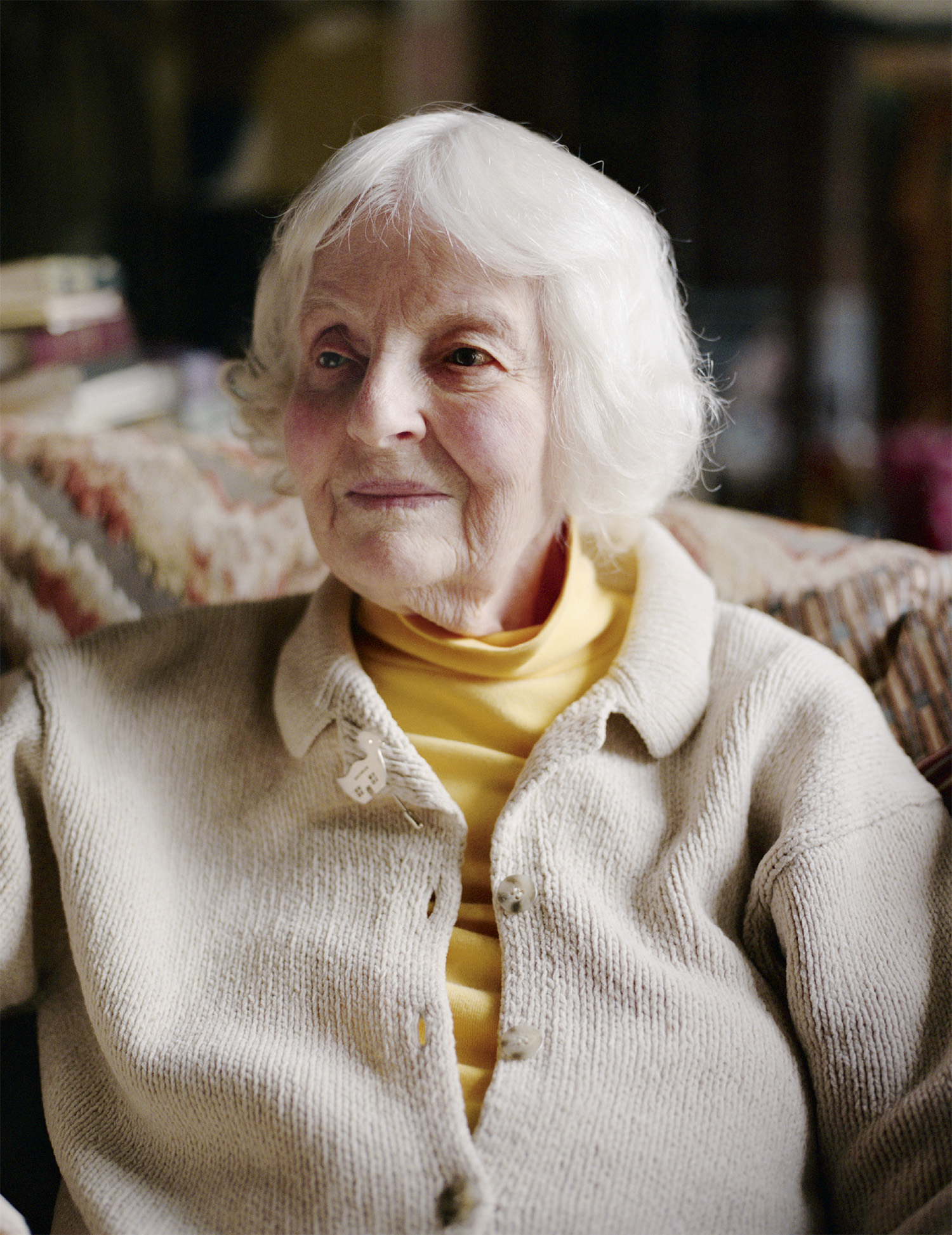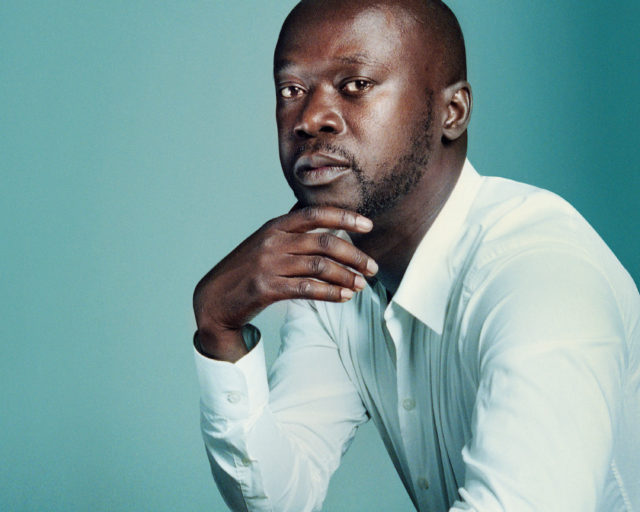Denise Scott Brown, Philadelphia, November 2019
Photograph by Jody Rogac for Aperture
In her 1907 Art Nouveau home on the outskirts of Philadelphia, the architect Denise Scott Brown lives among an eclectic collection of art, furniture, and knickknacks. As in her iconic designs and writings, elements of vernacular culture mix freely with classical references. Batman pillows converse with a Piranesi etching.
Born and raised in South Africa, Scott Brown arrived in the United States in 1958 following extensive travel in Europe. She and her first husband, Robert Scott Brown, came to study with the architect Louis Kahn, bringing with them a strong commitment to urban planning that has informed her designs, teaching, and writing ever since. As a professor at UC Berkeley and UCLA in the mid-1960s, she became interested in the rapidly growing cities of Los Angeles and Las Vegas. In 1967, she married fellow architect Robert Venturi and returned to Philadelphia to join his architectural practice. Five years later, with Venturi and Steven Izenour, she coauthored the groundbreaking 1972 book Learning from Las Vegas.
Scott Brown’s built projects range from the Sainsbury Wing at the National Gallery in London to the Mielparque Nikko Kirifuri Resort in Japan to Franklin Court, a dramatic reconstruction of Benjamin Franklin’s Philadelphia house frame that blends her love of building, archaeology, and neighborhood planning. Photography has been a key element of Scott Brown’s approach to architecture and urban design: she will soon publish a book of her photographs, Wayward Eye, Photographs 1950–1970.

Photographs by Jason Fulford for Aperture
Denise Scott Brown: It was said that, of all crowded rooms, there was never one so crowded as when Thomas Jefferson dined alone.
Peter Barberie: [Laughs] I’ve heard that.
Scott Brown: Yes. So this house is us dining alone. These crowded things mean I can sit here and have happy memories, or be reminded of what to talk about.
Barberie: I can see that you have eclectic taste.
Scott Brown: Well, Bob Venturi and I could spot things that other people would like in a few years and buy them when they still cost four dollars. Look at this Art Nouveau detail on this chair. One day, I’ll see it in a book. Do you see it?
Barberie: Yes, I do. It’s delicate.
Scott Brown: It’s so exquisite. The chairs aren’t Majorelle, because they are too small. But one day we’ll find someone illustrating something like them, and we’ll say, “Oh, that’s like our chairs.”
Barberie: They are made with great, great attention.
Scott Brown: Yes. And we had fun reupholstering them. I’d go to New York and return with a pile of samples, and we’d choose those we liked. We spent a year or so decorating, once we had a new roof. We were afraid of leaks.
That couch is from the Traymore Hotel [a grand Atlantic City hotel that was demolished in 1972]. It was exhibited in Paris in 1925. And it cost us twenty dollars. That table was in the elevator lobbies. We picked up two van loads at the Traymore.
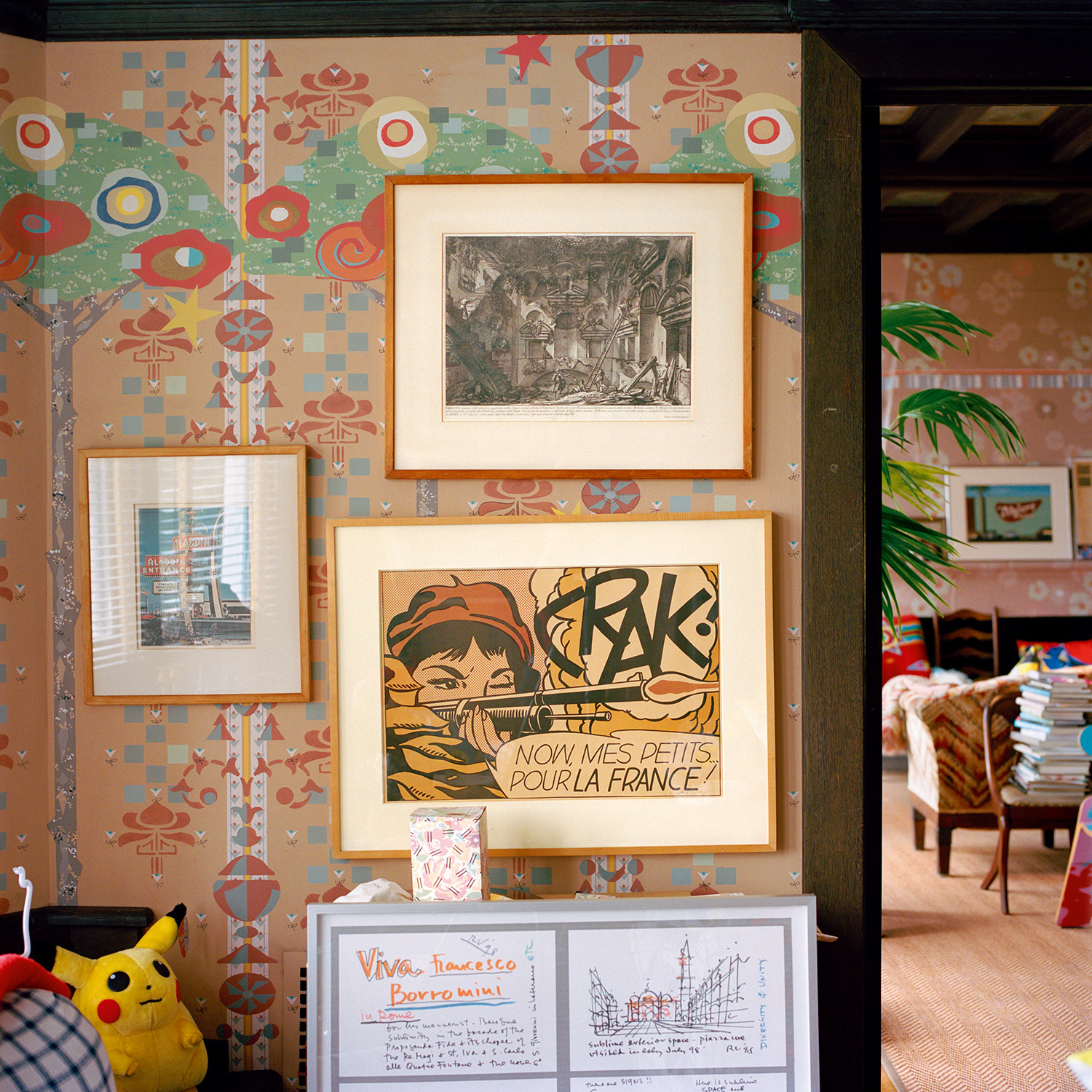
Photograph by Jason Fulford for Aperture
Barberie: This room is amazing, with its painted patterns on the ceiling and walls. The wall mural looks familiar to me. It’s quite like the decorated skin on the Venturi, Scott Brown and Associates buildings that I’ve seen.
Scott Brown: The ceiling was painted in the 1920s. The wall is stenciled; its pattern was designed by Bob. It was a long story that began with a trip to Decorators Walk to find floral wallpaper for the bedrooms. And perhaps you could call this suite of rooms our Strip. The house is from 1907.
Barberie: It’s a wonderfully open house. The light that comes through this entire floor is beautiful.
Scott Brown: Oh, that’s the first thing we saw. We drove by it regularly and were fascinated to see all the way through the house to the yard beyond. So one day we drove down the driveway, and sure enough, there was a vista through the wide glass doors, and there were stained-glass windows on either side. Art Nouveau has been my style, like this pin, you see, and my clothes. It’s what I have worn since I bought my first Art Nouveau pin in about 1953. So I said to Bob, “I can’t believe this; it’s an Art Nouveau house in America.” Because I hadn’t seen even one here.
Barberie: Yes, there are not too many. Do you know who designed it?
Scott Brown: Milton B. Medary at the age of twenty-five. He had a very distinguished later career, and his work is all over Philadelphia, but, just as he was to become dean at the School of Architecture at Penn, he died. His clients here were German. They wanted and got a German Art Nouveau house, and its woodwork was probably made in Germany. But because it’s close in design to Arts and Crafts, neighbors called it the California house. The first owners were art collectors and patrons, and important works by Samuel Yellin and Wharton Esherick were housed here. They lived here from 1909 to 1970. Then a painting contractor bought it and redecorated it in “Art Nouveau” as he knew it, rubbing lye into woodwork and smearing white paint on that, to make it look like driftwood.
Not all Art Nouveau goes with this house, because its scale lies between English Romantic and automobile freeway. So I tuck this little Art Nouveau pitcher into a corner, because it’s too prim for the house. This library now supports two work nooks; the one facing the bay window is a small conference space and my favorite place to work. I have four such places to sit so my back doesn’t die. It’s like, “We need small, mass-repeated comfort enhancers distributed system-wide, to reveal places changed for new use. And they should be soft to give their users comfort.” Small, mass- repeated events that make you feel comfortable are pillows. But I said, “I don’t want them to be Art Nouveau; I want them to be Art Deco—related but not altogether.” And then Charlotte Caldwell, who worked here, said, “Have you thought of Batman?” So people think—it was even said in one article—that I designed the pillows. I didn’t. I went to the catalogs, and I looked up “little boys’ rooms.” I found cotton Batman pillowcases at eight dollars apiece.

Photograph by Jason Fulford for Aperture
Barberie: I see you’ve got Catwoman alongside Batman.
Scott Brown: Yes. You see, they talk to each other, but boy, do they talk to that Piranesi etching of a Roman street. Look at the technique there, such beautiful drawing. Roy Lichtenstein learned from this. And adjacent to the Piranesi, Bob hung a Lichtenstein comic- book print.
Barberie: From the way you’re explaining the house, it sounds as though you think of it almost the way you think about cities.
Scott Brown: Very much so. Look out here at the yard. I saw one like it in front of the Mies van der Rohe houses in Krefeld. An English Romantic landscape. Our house was built for Germans who knew [Hermann] Muthesius’s Das Englische Haus. Germans and Austrians fell in love with that style, and also with Charles Rennie Mackintosh, but Americans and the English wouldn’t touch it. This is an English Romantic landscape to go with a German house.
Barberie: Is the Wissahickon Creek down there, that way?
Scott Brown: It’s down there. That’s our German linden tree, at the edge of the lawn. Its life span is one hundred years, and this one is 110 years now. Our landscape contractor gives our trees very loving attention. And I think about the garden in urban terms. Its carriage driveway, for example, is augmented to suit the geometry of cars and trucks.

Photograph by Jason Fulford for Aperture
Barberie: [A dog enters.] Who is this?
Scott Brown: You won’t believe it—his name is Alvar Aalto.
Barberie: Well, he’s very handsome.
Scott Brown: Hello, lovey. Hello, doggie. You see, he comes and leans against my knee. Bob used to say, “Where’s man’s best friend?”—and he’d come running. And, “Where’s the dog?” And, “Poochie.” And, “Aalto-ie.” [Walking from the sitting room to the dining room, she pauses to show Peter Barberie things on the mantel.] I like this combination. This was here to amuse Bob, because, in his nineties, he liked to sit here.

Photograph by Jason Fulford for Aperture
Barberie: So we have plastic wind-up toys of the Statue of Liberty and Barack Obama.
Scott Brown: And look what the Statue of Liberty can do. [She winds it, and noise is emitted.] Isn’t that enchanting? As I went by Bob, I’d give it a wind up. Mmmmmmm.
Bob grew up with this chair and surrounded by books filled with photographs of Italian architecture. Princeton added modern architecture, particularly Le Corbusier, and openness to the study of historical architecture. Two years at the American Academy in Rome deepened his outlook, but it was only just before he left that he discovered Italian Mannerist architecture and vocabulary.
For the Vanna Venturi House (1964), which used our postmodernism, not Philip Johnson’s “PoMo” of the 1980s, his process was fascinating. He was learning about David Crane’s “four faces of movement.” He knew Crane, who was teaching us urban design courses about the street, the buildings, the communications systems that you can study between them, how the crossroads beget marketplaces and towns, and all of that. Bob was very eager to learn about these things—he was the only architect at Penn who was. That’s why I invited him to come and look at Las Vegas.

Courtesy Venturi, Scott Brown and Associates, Inc.
Barberie: So you had been to Las Vegas prior to that?
Scott Brown: No. My parents went to Las Vegas in 1950, and they sent back photographs. They were very strange, because of my mother’s inexpertise. She’d just been on a game reserve in South Africa, and then they went to see family in America, and in one of her rolls of film of the Strip at night there’s a giraffe walking down it—so two pictures are superimposed. Anyway, so I saw that then. But I was already in love with theme parks because my dad was, and because my grandparents had sent us souvenirs from Coney Island in 1936. That was my first piece of magic. Later, I was interested in Pop art and popular culture. I wanted to look at places like Disneyland or Las Vegas, where people actually liked to go. We wanted to do some work around there, and that’s how the Las Vegas Studio started.
We also did a studio called “mass communication on the people’s freeway.” In Santa Monica, Los Angeles, we did a studio on the beach, thinking about it as a Strip too. In Los Angeles, on Sunset Boulevard, for example, I was seeking an outlook on urbanism in the essence of sun and seduction—what were these very private buildings, possibly of film stars, communicating?

Courtesy Venturi, Scott Brown and Associates, Inc.
Barberie: Did Las Vegas in the 1960s remind you of the Johannesburg that you had known a decade earlier? You have written about Johannesburg being less than fifty years old when you went there as a young woman.
Scott Brown: Well, Johannesburg when it started was really small. It was mining camps, you see. And then it grew to a big scale.
Barberie: I read a wonderful quote from you about your experience traversing countries and cultures, which you said gave you a healthy perspective on things. You were in your twenties, a young woman, when you landed here.
Scott Brown: Yes, and I was with Robert Scott Brown then, you see—it was the two of us. We’d been photographing all over Venice for a full month. When we arrived in Philadelphia, looking at our maps, I found Thirtieth Street Station and then a bridge to cross with all these little houses, and I was sure I’d find something in there. So I point to one, and I say, “We must go and look for an apartment in this house. It was Boathouse Row! It turned out I was right. They did have apartments in Boathouse Row. But we ended up in Grays Ferry, an Irish neighborhood. Pretty quickly people started telling us to avoid black neighborhoods. I said, “I think I’m in apartheid South Africa, with people saying, ‘Don’t go to this area because it’s bad.’”

Courtesy Venturi, Scott Brown and Associates, Inc.
Barberie: Looking at the galleys of your book—just the pictures—I could see that you’re drawing a line from Johannesburg and Soweto to New York, Philadelphia, and Levittown, and even to the Vanna Venturi House.
Scott Brown: The book needs a little novella about Soweto. The initial, liberal aim for building the settlements before apartheid was to give shelter to the employees in the gold mines and white-owned businesses. You needed to do that if you wanted to have a workforce. Then the Nationalists said, “Yes, we must do that, and we’re going to use it as our means of enforcing apartheid. We’ll build townships in places far enough away from Johannesburg to never meld, but close enough so that these people can be employed in Johannesburg and in the mines.” That’s how Soweto developed.
Douglas Calderwood wrote about African mass housing in the 1940s. No one knows about him, but his book really shows it was a liberal activity taken up by the Nationalists. He says that housing will do better if it comes with strong strategic planning. But look at the people who do planning. In Levittown it was William Levitt, a sly developer. Follow the forces where they take you, and find a way to get the extra little business. In Soweto it was Joe Slovo, an amazing character of the African National Congress Underground, who did that sly planning.
Barberie: And photography is a powerful tool to show these systems and patterns.
Scott Brown: Photography is crucial for ideas about architecture and urbanism, to intrigue students and win them over. And you can do that by having slides that show your ideas.
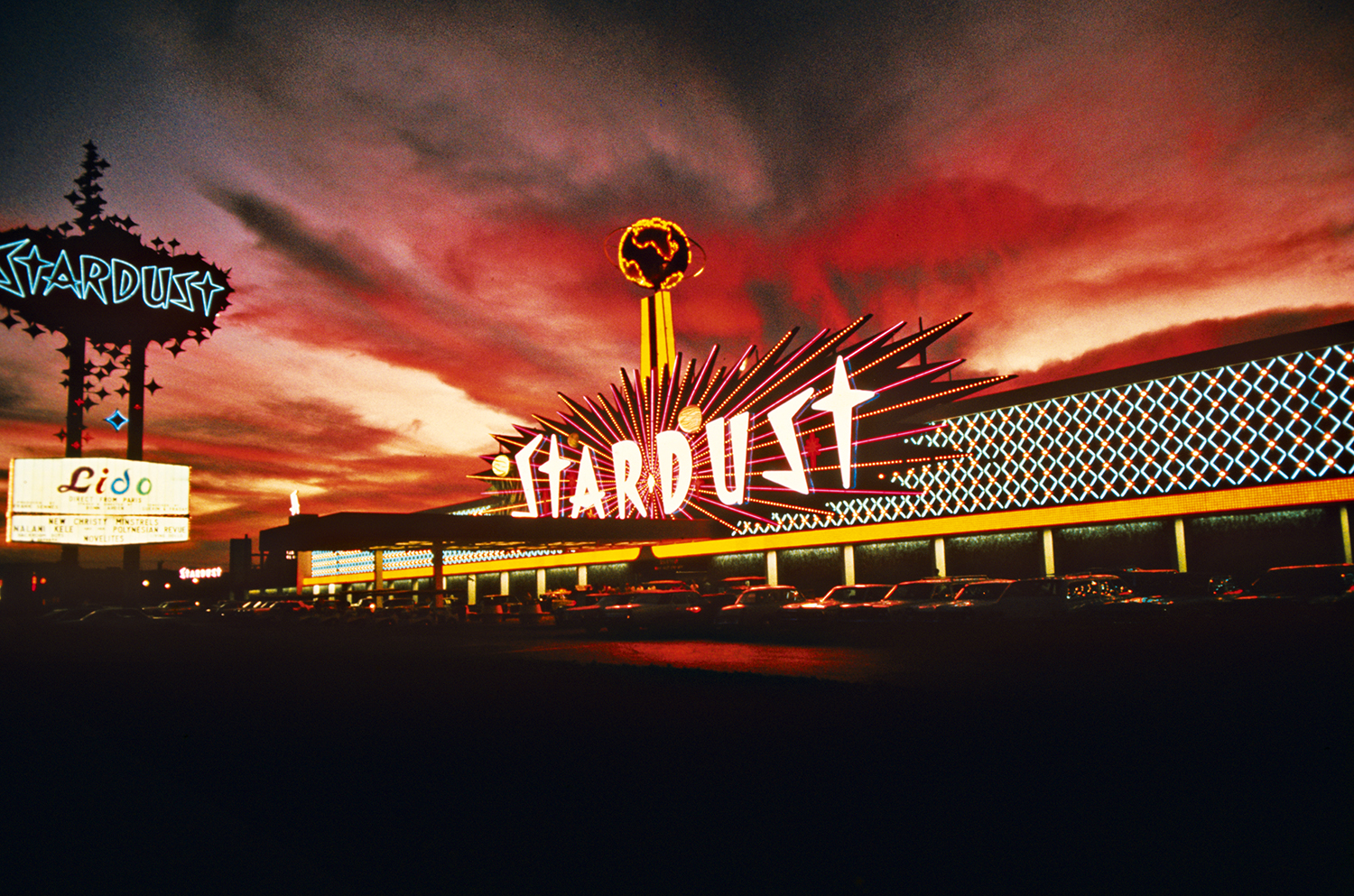
Courtesy Venturi, Scott Brown and Associates, Inc.
Barberie: So you really were photographing, in essence, for slide-shows? To show the context for buildings and urban design?
Scott Brown: Robert Scott Brown and I began taking photographs on our trip through Europe, because we were planning to return home to South Africa, and we thought we would not have much opportunity to travel for a while, given the Nationalist government. When we set off to travel, I didn’t take photographs until Robert arrived, and he had the camera—I didn’t have one then. Though I had done photographs at home and my mother was always doing photographs. She did beautiful photographs.
We wanted a record. Everyone tells young architects, no matter which school, “You can’t just look at pictures and books; you have to go and look at the real thing.” We were strongly told that. “Get out and see these things; get out and see them before you can’t, and then take good photographs so that you can have a memory of them when you come back.” So we went out to do record shots.
We were going through all these museums. We were learning about the Japanese organization of paintings, and about [Piet] Mondrian and how he painted, and seeing all these interesting ways of putting together things, which I’ve lived with ever since. That whole philosophy is in how I’ve organized my book of photographs. Even if it looks very dour, it’s made in such a way as to draw people in. A lot of it is based on the plan for Chicago in 1909.
Bob and I were at first looking for record shots, and then we got all involved with communication, streets, and the way store signs behave. So we began taking those photographs too. By then Bob had already fallen in love with Coca-Cola signs.
Then, you see, there’s a tradition in America where you show pairs of slides. So I began designing lectures with pairs of slides, sometimes for contrast.
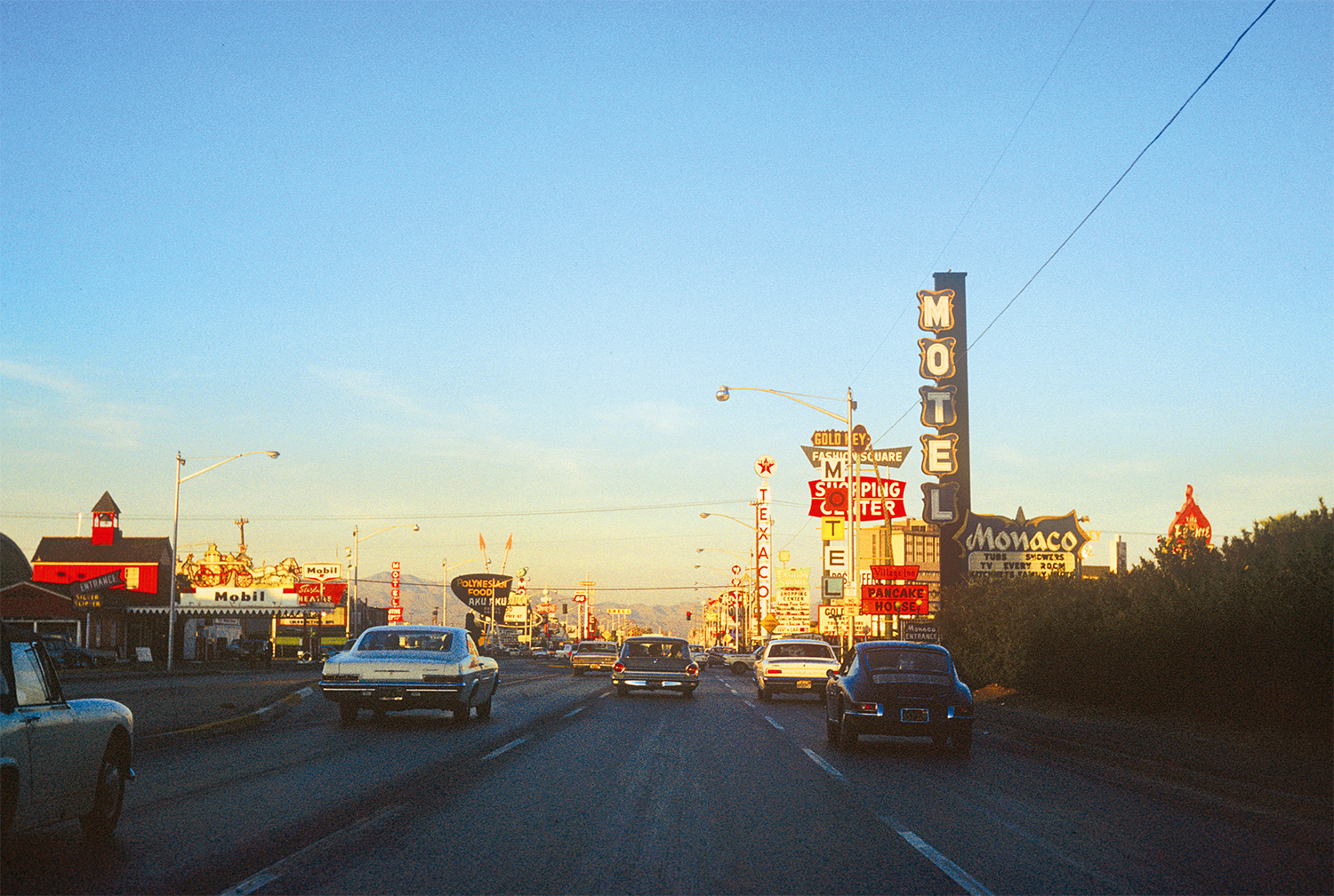
Courtesy Venturi, Scott Brown and Associates, Inc.
Barberie: I know you and Robert Venturi commissioned Stephen Shore to make photographs for your 1975 exhibition Signs of Life: Symbols in the American City. Were you looking at other street photographers too?
Scott Brown: Yes, we moved from Las Vegas to Levitttown to the Smithsonian for that exhibition. We asked photographers to work with us. We figured, why not get some great photographers and send them on a journey? The studios were not only visual; they were sociological. Before then, I became very keen on [Henri] Cartier-Bresson. That’s another interesting story, how that happened. But I found a picture in a Cartier-Bresson book that took me a little while to work out. It’s got to be London. But it didn’t say. At least, I couldn’t find it.
Barberie: Sure.
Scott Brown: When I saw the picture, it prompted me to utter a quote: “The mild, lumpy faces of the British.”
Barberie: [Laughs]
Scott Brown: So there they are, this crowd, sitting on the balustrade, looking out, and they’re looking at something. You don’t know what it is, but you can see it. Then, at the bottom, there’s a drunken guy lying, sleeping, and there are all the remnants of a big parade.

Courtesy Magnum Photos
Scott Brown: And so he’s lying on this system, like the pillow system we have here in our house. He’s there, and then all these people are looking out—and what’s going by is the whole might of the British Empire in golden carriages for the coronation. And Cartier-Bresson couldn’t care less about the coronation. He’s looking at people, or looking at one thing, and making geometric formulas. Well, I was very taken with things like that, as I was with the geometry of trees when I was lying under them while camping and just looking up.
Barberie: So tell me how you became keen on Cartier-Bresson.
Scott Brown: Before Robert Scott Brown came to England, I traveled on my own in Europe. In Bonn, I met a young law student who offered to show me around. I was hesitant, but I wanted to see the city, so I said yes.
Later on, he invited me to join him and a friend on a road trip through Spain. I accepted the invitation, and then they wrote me and said, “We have been joined. He’s an American. He’s called Len. You would like him.” It was an amazing adventure. Len had set out to do a grand tour, and then he discovered that if he didn’t eat very much, and didn’t buy anything, and just kept his camera and traveled the way we traveled, he could spend two or three times as much time there as he had budgeted for.
So there he was, falling apart, his clothes falling apart, long and lanky, about a foot taller than all the Spanish and my two German friends, with lots of dark hair, taking photographs of Spanish markets and talking about Cartier-Bresson, the monopoly of Kodachrome, and all kinds of things. He went to Columbia. It turned out Len was Len Freed—Leonard Freed. So that was a terribly worthwhile trip.

Courtesy Venturi, Scott Brown and Associates, Inc.
Barberie: He also went on to make incredibly important photographs of the civil rights marches. Did you reconnect with him later on?
Scott Brown: We met once, and he looked at Robert’s black-and-white photographs. You see, I took the color ones (those are the fun ones), and Robert took the serious ones. Len looked at them and said, “If you’re going to do this kind of photography, you’d better get to be a lot more serious about focus.” Then suddenly he changed, and he wasn’t so keen on focus either, and that’s when he started to do the antiwar-activity pictures, which were blurred and had movement in them.
Barberie: Did you always love color photography?
Scott Brown: I did. I loved the black-and-white, but I couldn’t be that kind of serious photographer.
Barberie: Well, you’re so drawn to the flavor of the street that I’m guessing color was crucial.
Scott Brown: Very much so. But then there’s my picture of a wall that says, “I love you.” We’d been making pictures like that in Italy for political posters—some of the urban surfaces were peeling—and saying, “Gee, that looks like [Georges] Braque” or “That looks like Mondrian when he’s learning how to abstract a tree.” I remember Cartier-Bresson talking about a little girl crossing a sunny patch on the square. He said, “I sat and waited and waited, and then she suddenly was there—that was my picture.” You see, it was a decisive moment. So, with the “I love you” photograph, I was sitting and waiting in Philadelphia. I’m thinking, “Something miraculous will happen, just listen and wait.”
Read more from Aperture, issue 238, “House & Home,” or subscribe to Aperture and never miss an issue.










